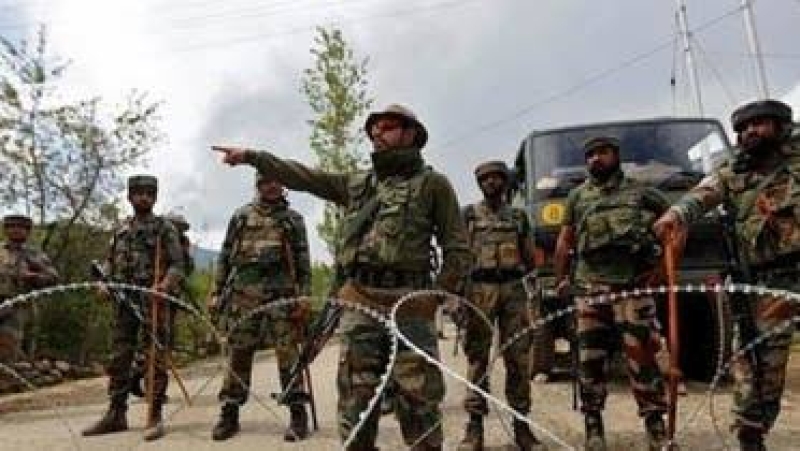- Body of Osman Hadi Returns to Dhaka From Singapore Late |
- Fakhrul condemns attacks on media, calls for unity, justice |
- 2 cops among 4 hurt in clash outside Indian Assit H.C. in Ctg |
- Inqilab Moncho urges people to avoid violence |
- Hadi’s death: Prothom Alo, Daily Star offices set afire |
Rebel Attacks Fuel Tensions in Indian-Administered Kashmir

Ambushes, gunfights, and grenade blasts in markets: these headline-grabbing attacks in Indian-administered Kashmir are aimed at challenging New Delhi's narrative of normalcy in the disputed region, security officials say.
Kashmir, divided between India and Pakistan since 1947, remains a flashpoint for both nuclear-armed neighbors, each claiming the region in full. Attacks by small insurgent groups, which have been fighting for either independence or Kashmir's merger with Pakistan, are not just about casualties but are designed to counter India's portrayal of peace and stability, according to retired General Deependra Singh Hooda, former head of India's Northern Command.
The region, home to around 12 million people, is heavily militarized, with half a million Indian troops deployed to quell a 35-year-old insurgency that has claimed tens of thousands of lives. Despite the ongoing violence, Indian authorities insist that they have brought "peace, development, and prosperity" to the region since Prime Minister Narendra Modi’s Hindu nationalist government revoked Kashmir's partial autonomy in 2019. The move was accompanied by mass arrests and a months-long communications blackout.
However, military experts argue that the insurgency continues to challenge these claims. "The larger message being sent out is that the problem in Kashmir is alive," General Hooda said.
India accuses Pakistan of arming militants and facilitating their infiltration across the heavily guarded border, an allegation Islamabad denies. Experts say this year's "spurt in infiltration" would not be possible without Pakistan's involvement, with Hooda adding that Pakistan's army has "actively allowed" insurgents to cross into India.
While many attacks occur in remote, forested areas, the heavy military presence — one soldier for every 25 people in Kashmir — is a constant reminder of the region’s instability. Roadblocks, military camps, and restrictions on civilian movement often add to daily frustration. For example, civilian vehicles are required to stay at least 500 meters away from military convoys, causing frequent traffic jams.
Despite the ever-present threat of violence, residents have largely become accustomed to living under the shadow of the insurgency. After a grenade attack in a busy market this month killed one woman and wounded 11 civilians, shoppers returned to the area just hours later. The same resilience was evident when thousands of people attended an army recruitment drive, despite ongoing clashes nearby.
Recent attacks have included a gun battle in downtown Srinagar in early November, in which a commander of the Pakistan-backed Lashkar-e-Taiba militant group was killed. However, the death toll of 120 — including civilians, soldiers, and rebels — remains similar to that of 2023, when 130 people died, according to the South Asia Terrorism Portal.
While violence may seem dramatic at times, experts describe the situation as a "low boil," which may persist as long as Kashmir remains divided. "We control it here; they (Pakistan) will activate it from there," one security official said, speaking anonymously.
The Indian army claims to have killed around 720 militants over the past five years, with fewer than 130 fighters remaining active. These remaining militants are described as highly trained and well-armed, having crossed from Pakistan. Despite occasional surprise attacks, Indian authorities maintain that the situation is "under control."
However, General Hooda predicts that this state of tension will persist as long as violence serves Pakistan's agenda. "Pakistan has always believed that escalating attacks will keep international attention on Kashmir," he said.

